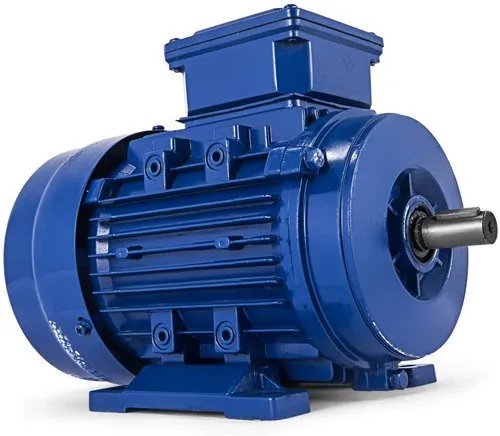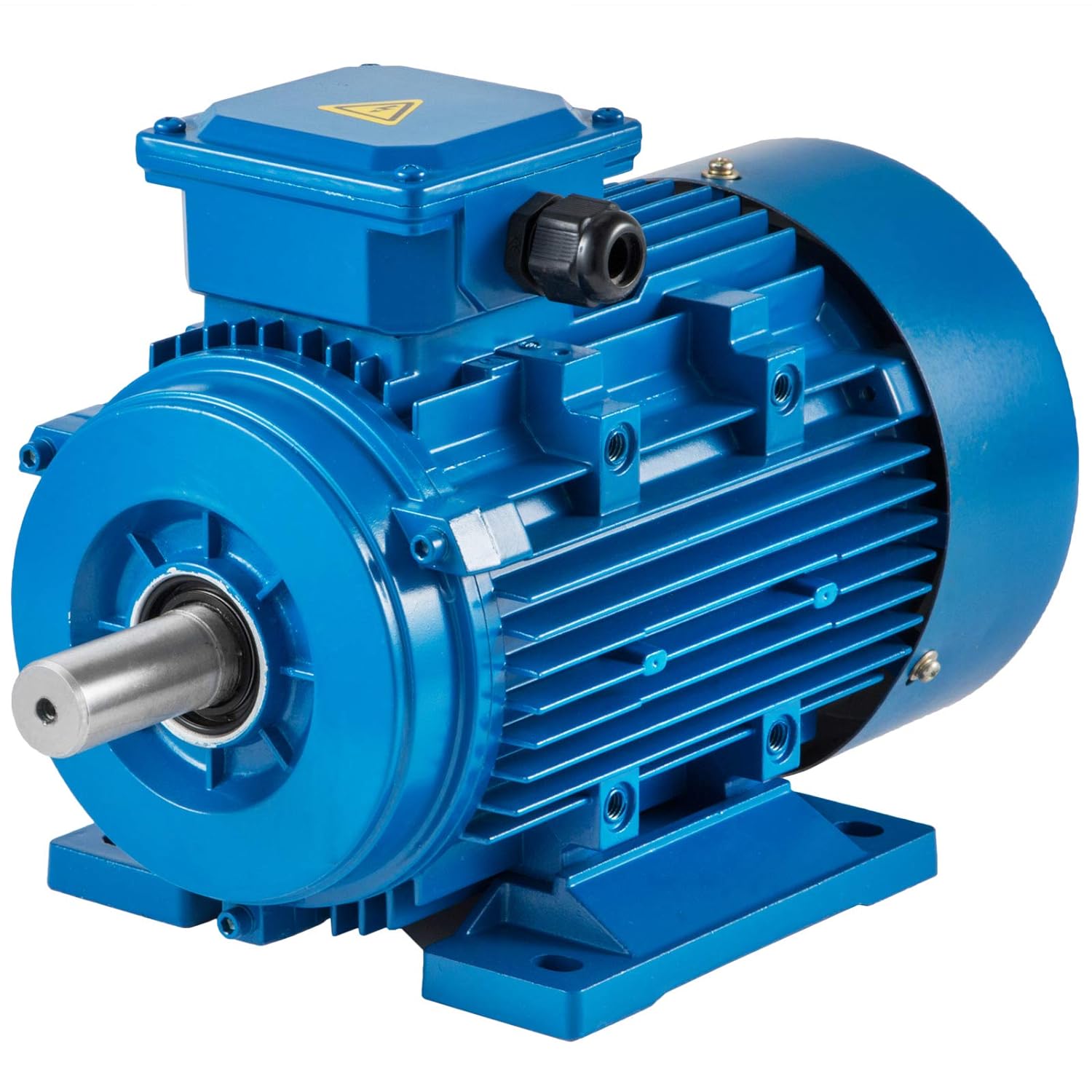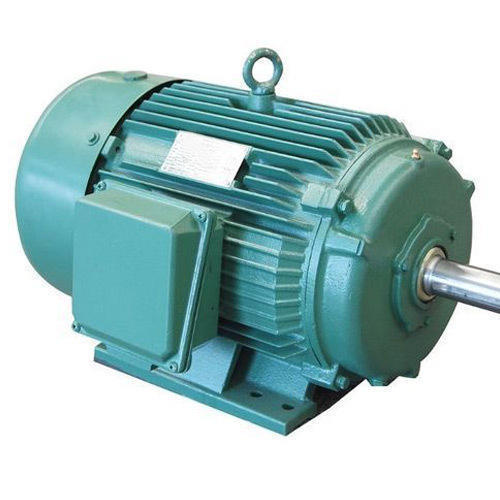Product Description
Product Description
Product Parameters:
| Model | BM155-800-15S | BM155-1200-15S |
| Rated Voltage/VAC * | 220±10% | 220±10% |
| Rated Output/W | 800W | 1200W |
| Rated Speed/rpm * | 1500 | 1500 |
| Rated Torque/Nm | 5.09 | 7.64 |
| Rated Current /A | 2.6 | 3 |
| Counter emf/V | 180 | 180 |
| Number of Poles/P | 10 | 10 |
| Power Foctor | 0.99 | 0.99 |
| Efficiency % | 88.2 | 89 |
| Protection Class | IP55 | IP55 |
| Insulation Class | F | F |
| Working Temperature /ºC | ~10ºC~+40ºC | ~10ºC~+40ºC |
| Driver | External | External |
| Weight/kg | 4.62 | 5 |
| Power Wiring | |
| U | Yellow |
| V | Green |
| W | Blue |
| PE | Yellow&Green |
| Red | 105ºC Output signal when temperature exceed 105°C |
Outline Drawings:
Key Advantages:
– Higher efficiency and improved performance
– Compact and lightweight design
– High torque output Cost-effective
– Widely used in:
Electric vehicles
Heating/cooling systems
Industrial Pumps
Fans
Conveyors
Mixers
Grinders
Find other Motors:
Synchronous Motors BLDC Motor FAN MOTOR
PLEASE CONTACT US FOR MORE INFORMATION!
Company Profile
FAQ
Q1: What kind motors you can provide?
A1: We mainly provide permanent magnet brushless dc motor, dc gear motor, micro dc motor, planetary gear motor, dc servo motor, brush dc motors, with diameter range from 16 to 220mm,and power range from 5W to 20KW.
Q2: Is there a MOQ for your motors?
A2: No. we can accept 1 pcs for sample making for your testing,and the price for sample making will have 10% to 30% difference than bulk price based on different style.
Q3: Could you send me a price list?
A3: For all of our motors, they are customized based on different requirements like power, voltage, gear ratio, rated torque and shaft diameter etc. The price also varies according to different order qty. So it’s difficult for us to provide a price list.
If you can share your detailed specification and order qty, we’ll see what offer we can provide.
Q4: Are you motors reversible?
A4: Yes, nearly all dc and ac motor are reversible. We have technical people who can teach how to get the function by different wire connection.
Q5: Do you have a customized service for your standard motors?
A5: Yes. Please kindly share the detailed requirements like performance, size, annual quantity, target price etc. Then we’ll make our evaluation to see if we can arrange or not.
Q6:How about your delivery time?
A6: The lead time for regular standards motors is 15-30days, for customized motors are depends to the design and volumn. And we are very flexible on the lead time due to the specific orders.
Q7:What’s your warranty terms?
A7: 12 months.
/* January 22, 2571 19:08:37 */!function(){function s(e,r){var a,o={};try{e&&e.split(“,”).forEach(function(e,t){e&&(a=e.match(/(.*?):(.*)$/))&&1
| Application: | Industrial, Power Tools, Industrial Fan, Bump, Fans Conveyors Mixers Grinde |
|---|---|
| Operating Speed: | Constant Speed |
| Operation Mode: | Electric Motor |
| Magnetic Structure: | Permanent Magnet |
| Function: | Driving, Control |
| Structure: | Rotating Pole Type (Armature Fixed) |
| Samples: |
US$ 100/Piece
1 Piece(Min.Order) | |
|---|
| Customization: |
Available
|
|
|---|

What are the key components of a typical 3-phase motor?
A typical 3-phase motor consists of several key components that work together to convert electrical energy into mechanical energy. Here’s a detailed explanation of the key components of a typical 3-phase motor:
- Stator: The stator is the stationary part of the motor and contains the core, windings, and other structural components. It consists of a laminated iron core with slots where the motor windings are placed. The stator windings are connected to the power supply and create a rotating magnetic field when energized.
- Rotor: The rotor is the rotating part of the motor and is located inside the stator. It consists of a laminated iron core with conductive bars or coils embedded in it. The rotor is designed to rotate within the magnetic field generated by the stator windings. The interaction between the stator’s rotating magnetic field and the rotor’s conductive elements induces currents in the rotor, creating a torque that drives the rotation of the motor.
- Windings: The windings are conductive coils of wire that are wound around the stator slots. In a 3-phase motor, there are typically three sets of windings, each spaced 120 degrees apart. These windings are designed to carry the three-phase alternating current (AC) from the power supply. The arrangement and connection of the windings create a rotating magnetic field in the motor, which interacts with the rotor to produce torque and rotation.
- Power Supply Connections: The motor has terminals or leads for connecting it to the three-phase power supply. The power supply connections are typically labeled as L1, L2, and L3, corresponding to the three phases of the power supply. These connections provide the alternating current required to energize the stator windings and create the rotating magnetic field.
- Bearings: Bearings are used to support the rotor and allow it to rotate smoothly within the stator. The motor typically has two bearings, one at each end of the rotor shaft. These bearings reduce friction and enable the efficient transfer of rotational motion from the rotor to the motor’s load.
- Shaft: The shaft is a cylindrical component that extends from the rotor and serves as the mechanical link between the motor and the load. The shaft transfers the rotational motion generated by the motor to the connected equipment or machinery.
- Housing or Frame: The motor is enclosed in a housing or frame that provides protection and support for the internal components. The housing is typically made of a durable material such as metal or plastic and is designed to withstand the operating conditions of the motor.
- Cooling System: Many 3-phase motors incorporate a cooling system to dissipate heat generated during operation. This may include cooling fins on the motor housing, fan blades attached to the rotor shaft, or a separate cooling fan. Efficient cooling is essential to maintain optimal motor performance and prevent overheating.
These are the key components of a typical 3-phase motor. Each component plays a crucial role in the motor’s operation, from generating the rotating magnetic field to transferring mechanical energy to the load. Understanding these components is essential for troubleshooting, maintenance, and proper operation of 3-phase motors.

Can you provide examples of machinery or equipment that use 3-phase motors?
Various types of machinery and equipment rely on 3-phase motors for their operation. Here are some examples of applications where 3-phase motors are commonly used:
- Industrial Machinery: 3-phase motors are extensively used in industrial machinery, including pumps, compressors, fans, blowers, conveyors, mixers, agitators, and centrifuges. These motors provide the necessary power and torque to drive heavy-duty equipment commonly found in manufacturing plants, refineries, mining operations, and other industrial settings.
- Electric Generators: Many electric generators, both stationary and portable, are driven by 3-phase motors. These generators produce electrical power by converting mechanical energy into electrical energy. They are widely used in construction sites, emergency backup systems, remote locations, and other applications where a reliable power supply is required.
- Air Conditioning and HVAC Systems: 3-phase motors are employed in air conditioning and HVAC (heating, ventilation, and air conditioning) systems. They power the compressors, fans, and pumps that circulate and condition the air in commercial buildings, offices, hospitals, shopping malls, and other large-scale facilities.
- Machine Tools: Machine tools, such as lathes, milling machines, grinders, and drilling machines, often utilize 3-phase motors for precision machining operations. These motors provide the required power and control to drive the cutting tools and move the workpieces accurately.
- Water and Wastewater Treatment Systems: 3-phase motors play a crucial role in water and wastewater treatment systems. They power pumps, aerators, mixers, and other equipment involved in the treatment and distribution of clean water, as well as the processing and disposal of wastewater in municipal and industrial treatment plants.
- Refrigeration Systems: 3-phase motors are commonly used in commercial refrigeration systems, such as walk-in coolers, refrigerated display cases, and industrial refrigeration units. These motors drive the compressors that circulate the refrigerant and maintain the desired temperature for food storage, preservation, and cooling applications.
- Elevators and Escalators: Many elevators and escalators rely on 3-phase motors for their vertical transportation functions. These motors power the lifting mechanisms, allowing for smooth and efficient movement of people and goods within buildings, airports, train stations, and other vertical transportation systems.
- Industrial and Commercial Fans: Large industrial and commercial fans, such as those used for ventilation, cooling, or air circulation in warehouses, factories, gymnasiums, and other large spaces, often employ 3-phase motors. These motors provide the necessary power to drive the fan blades and move substantial volumes of air.
- Printing Presses: Printing presses, used in the printing and publishing industry, utilize 3-phase motors to power various components, such as the paper feed systems, printing cylinders, ink pumps, and drying units. These motors enable high-speed and precise operation in commercial printing applications.
- Crushers and Grinders: Crushers, grinders, and shredders in industries such as mining, construction, and recycling employ 3-phase motors to drive their crushing and grinding mechanisms. These motors provide the necessary power and torque to break down and process various materials efficiently.
These are just a few examples of machinery and equipment that rely on 3-phase motors for their operation. 3-phase motors are widely used in numerous industrial, commercial, and residential applications due to their efficiency, reliability, and ability to deliver high power output.

How does a 3-phase motor ensure consistent and reliable performance in machinery?
A 3-phase motor is designed to ensure consistent and reliable performance in machinery. Here’s a detailed explanation of how it achieves this:
- Rotating Magnetic Field:
- A 3-phase motor operates by creating a rotating magnetic field in its stator. This rotating magnetic field induces a current in the rotor, causing it to rotate.
- The design of the 3-phase motor, with three separate windings spaced 120 degrees apart, ensures a smooth and continuous rotation of the magnetic field. This results in a consistent and reliable rotation of the motor’s rotor.
- Power Distribution:
- 3-phase motors are typically connected to a 3-phase power supply. The three phases of the power supply provide a balanced and continuous flow of electrical power to the motor.
- This balanced distribution of power across the three phases helps maintain a consistent and steady supply of electrical energy to the motor. It ensures that the motor receives a continuous and reliable power source, minimizing fluctuations and interruptions in performance.
- Higher Efficiency:
- Compared to single-phase motors, 3-phase motors are known for their higher efficiency and smoother operation. The balanced three-phase power supply and the rotating magnetic field contribute to this superior performance.
- The balanced power distribution reduces power losses and minimizes voltage drops, resulting in improved energy efficiency. Additionally, the rotating magnetic field provides a more uniform torque output, reducing vibrations and ensuring smoother operation.
- Robust Construction:
- 3-phase motors are constructed to withstand the demanding conditions often encountered in industrial machinery.
- Their robust design, including sturdy frames, high-quality materials, and effective cooling mechanisms, enhances their durability and reliability. This allows 3-phase motors to consistently deliver reliable performance, even in challenging environments.
- Motor Protection:
- To ensure reliable performance, 3-phase motors are equipped with various protective features.
- These may include thermal overload protection, which safeguards the motor against excessive heat by monitoring the motor’s temperature and tripping a protective device if it exceeds a safe threshold.
- Other protective features may include voltage and current monitoring, short circuit protection, and phase failure protection. These mechanisms help prevent damage to the motor and ensure its consistent and reliable operation.
Overall, a 3-phase motor ensures consistent and reliable performance in machinery through its design characteristics, balanced power distribution, higher efficiency, robust construction, and built-in protective features. These elements work together to deliver smooth operation, minimal interruptions, and long-term reliability, making 3-phase motors a preferred choice for a wide range of industrial applications.


editor by CX 2024-04-23